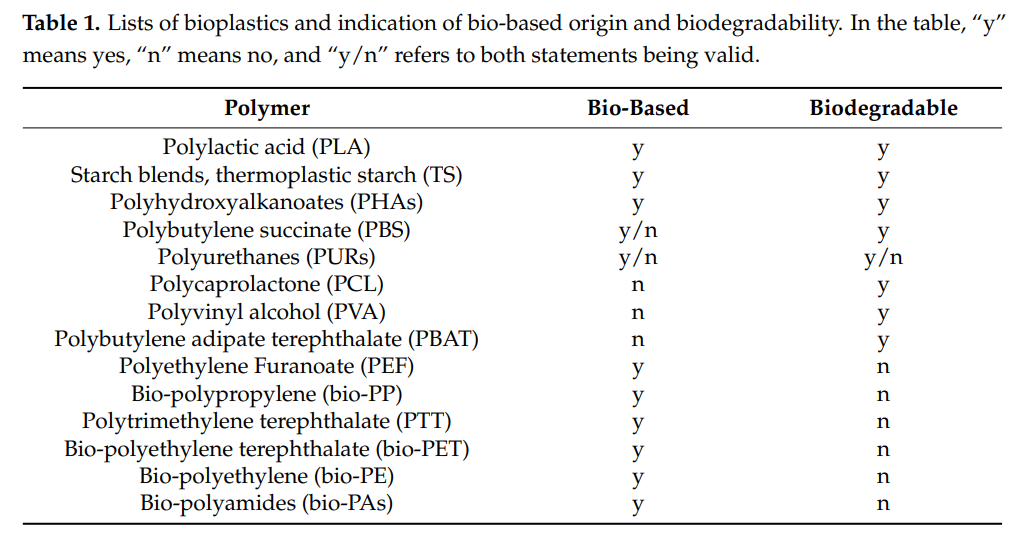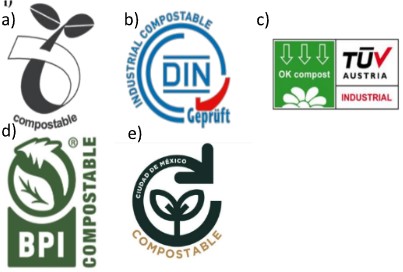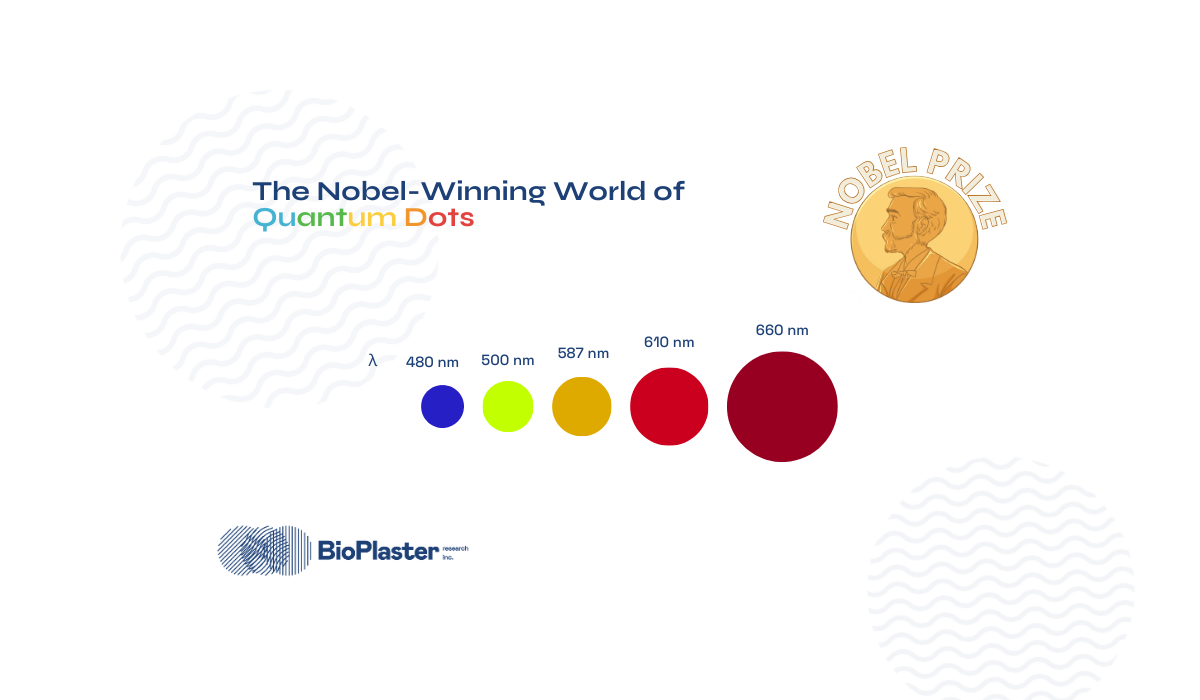The use of plastics plays a key role in the transition to a greener and more sustainable society in developed countries, as well as a potential to prevent further pollution in developing countries. However, plastic causes several environmental problems, such as emissions in its production, waste management, garbage and leaks into nature, and low recycling rates. It is therefore necessary to consider the development and use of bioplastics. In other words, “plastics” that can be biodegraded and produced from biomass, or both, as a potential solution to reduce dependence on fossil resources and the environmental impacts of plastic waste. There are serious reviews including industry standards and life cycle assessment studies, and discussions about some of the current challenges associated with these materials.
Developed countries are already moving towards new public policies related to new technologies and consumption habits around plastics. “[Transform] the European Union into a just and prosperous society, with a modern, resource-efficient and competitive economy where there are no net greenhouse gas emissions in 2050 and where economic growth is dissociated from resource use”, this is described in the European Commission's European Green Deal plan to address environmental challenges towards 2050 [1].
The United Nations Development Program (UNDP) highlights the importance of working towards a sustainable economy, with the efficient use of natural resources, and with little or no waste or pollution [2]. Some of the challenges related to plastic production are its misuse and pollution, ranging from single-use items, overpackaging and garbage, to microplastics, high carbon footprints and lack of proper labeling.
The following list of some bioplastics indicates their origin and biodegradability. In the table “and” means “yes”, and “n” means “no”, “y/n” means that both criteria are valid [3].

The circular economy is a way of producing and consuming that aims to keep resources in use for as long as possible and to recycle them at the end of their useful life, thus reducing waste. This approach contrasts with the conventional economy and the linear economy, where resources are extracted, converted into products, used and discarded as waste. The Circular Economy approach is designed considering adaptation in manufacturing and product design, as well as the development of waste management towards a differentiated valuation of resources. All of this implies active social participation, which has been the most difficult part due to the scale and economic limitations within the proper management of waste. The best waste is the one that doesn't exist, however, a more successful approach must be considered. Bioplastics are a promising alternative as a catalyst to achieve the goal of maintaining versatile products while reducing the environmental footprint.
Specifically, biodegradable plastic is a polymeric material that meets certain official biodegradability standards, where a certain degree of deposition must be scientifically verified within a defined time frame and under specific conditions. Similarly, a compostable is a plastic that biodegrades in industrial composting facilities and must follow certain government or industry standards.

The website European Bioplastics reports that the global production of bioplastics in 2018 was approximately 2 Mt, while the global production of plastics was around 360 Mt [4]. In addition, the global bioplastics market is expected to grow steadily over the next five years, with a volume increase of close to 40%. The Markets And Markets report on the bioplastics and biopolymers market [5] estimated that the size of the global market for bioplastics and biopolymers is almost USD 11.5 billion in 2022, with a projection for 2027 of almost USD 27.3 billion, at a CAGR of 18.9%. These figures consider social changes in terms of the effects of plastics on the environment, industrial potential, waste management regulations, favorable government policies, human health concerns, energy costs and the carbon footprint, among others.
References.
- European Commission. The European Green Deal COM (2019) 640 final; European Commission: Brussels, Belgium, 2019
- United Nations Sustainable Development Knowledge Platform the 2030 Agenda for Sustainable Development. Available online: https://sdgs.un.org/2030agenda (accessed April 5, 2021).
- Di Bartolo, A.; Infurna, G.; Dintcheva, N.T. A review of bioplastics and their adoption in the circular economy. Polymers 2021, 13, 1229. https://doi.org/10.3390/ polym13081229
- European bioplastics. Bioplastics market. Available online: https://www.european-bioplastics.org/market/
- Market and market report on Bioplastics and Biopolymers Market https://www.marketsandmarkets.com/Market-Reports/biopolymers-bioplastics-market-88795240.html
- Official Gazette of Mexico City. September 24, 2012. Logo, Compostable of Mexico City and the Guidelines for its proper use. http://www.sadsma.cdmx.gob.mx:9000/datos/storage/app/media/gacetas/GOCDMX_21-09-24_DGEIRA.pdf
Our Blog
At Bio+ we share relevant articles, research and news about innovation in bioplastics, sustainability and the environmental impact of materials. Find out how we're working for a more regenerative future.


